Navigating the Digital Highway: A Comprehensive Analysis of 1G to 5G
Table of Contents
Introduction:
Welcome to Tech and Auto Life, your ultimate destination for unraveling the captivating story of mobile network evolution. In a world where technology and automotive excellence intersect, our blog serves as the compass, guiding you through the transformative journey of 1G to 5G mobile networks.
we understand that staying connected isn’t just about seamless communication; it’s about the fusion of technology and automotive innovation that defines our modern lifestyle. This blog is your gateway to understanding the intricate dance between mobile networks and the devices that accompany us on the road of life.
we go beyond the surface comparison. Expect more than just a breakdown of differences; anticipate a detailed exploration of the technologies that power our interconnected world. Our analyses provide a clear understanding of the impact each mobile network generation has on both the tech gadgets we cherish and the automobiles we love to drive.
So, fasten your seatbelts as Tech and Auto Life takes you on a journey through the corridors of 1G to 5G, decoding the language of mobile networks and uncovering the secrets behind each technological leap. It’s not just a comparison; it’s a narrative of how communication, technology, and automotive excellence intertwine to shape our tech-driven lives.
A Comparison and Analysis of 1G to 5G:
(1) 1G (First Generation):
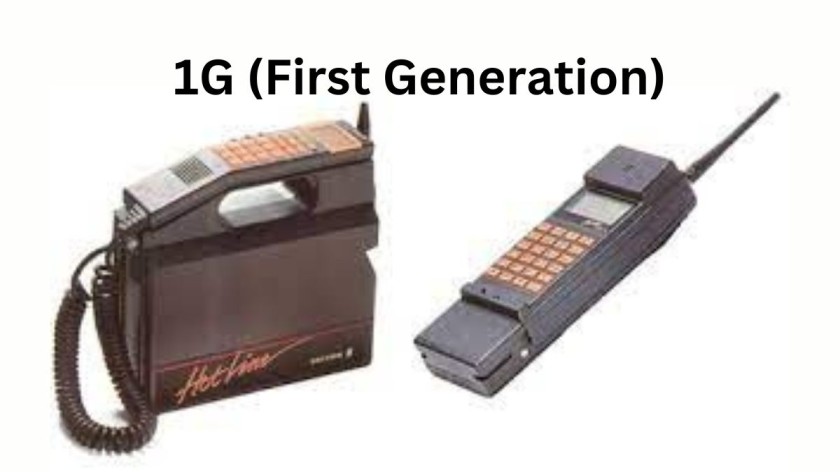
Introduction (1980s):
The inaugural mobile network generation, 1G, represented the first step toward wireless communication. It used analog technology for voice transmission, allowing users to make mobile calls.
Technology:
1G employed Frequency Division Multiple Access (FDMA) for dividing the frequency spectrum, enabling multiple users to share the same channel.
Capabilities:
Primarily designed for voice communication, 1G lacked data capabilities. The communication was analog, leading to lower call quality compared to later generations.
Issues:
Security concerns were prevalent due to the analog nature of communication. Spectrum utilization was inefficient, limiting the number of simultaneous users.
Legacy:
While 1G laid the foundation for mobile communication, it had several limitations, paving the way for advancements in subsequent generations.
(2) 2G (Second Generation):
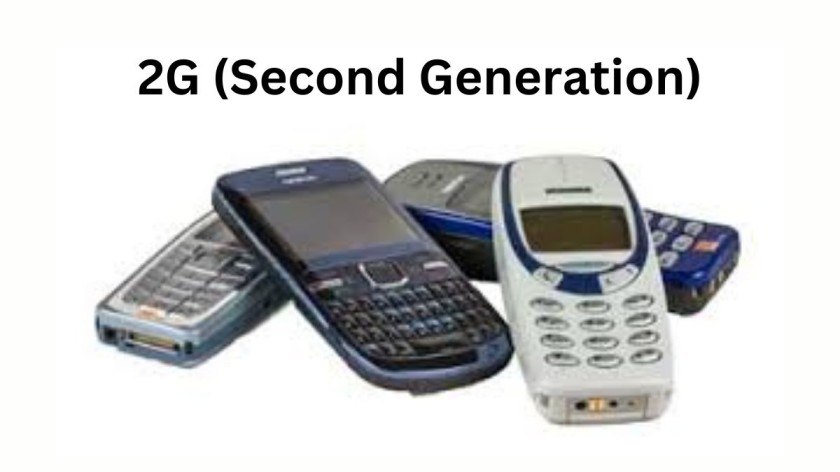
Introduction (Early 1990s):
2G networks marked the transition from analog to digital communication, providing better call quality and introducing digital services.
Technology:
Digital standards like GSM (Global System for Mobile Communications) and CDMA (Code Division Multiple Access) were introduced, enabling more efficient use of the frequency spectrum.
Capabilities:
Improved voice quality, digital encryption for enhanced security, and the introduction of text messaging through SMS (Short Message Service).
Data:
Limited data capabilities, allowing basic internet services at low speeds. GPRS (General Packet Radio Service) and EDGE (Enhanced Data rates for GSM Evolution) were introduced to enhance data transfer speeds.
Advancements:
2G networks set the stage for more advanced communication services, with a focus on digital technology, paving the way for future data-centric applications.
(3) 3G (Third Generation):
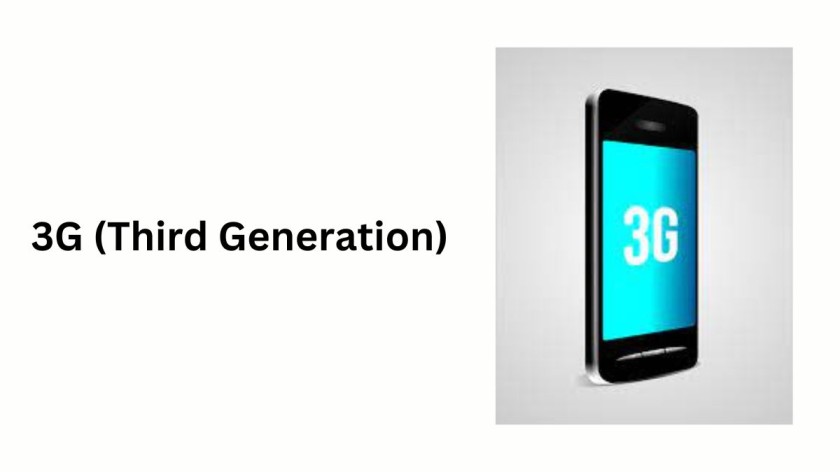
Deployment (Early 2000s):
3G networks aimed to provide faster and more reliable mobile data services, marking the era of mobile internet.
Technology:
Utilized technologies such as WCDMA (Wideband Code Division Multiple Access) and CDMA2000, offering higher data transfer rates.
Capabilities:
Enhanced mobile data speeds, supporting video calling, mobile internet browsing, and more advanced data applications.
Speeds:
3G networks provided data speeds ranging from several hundred Kbps to several Mbps, a significant improvement over 2G.
Impact:
The advent of 3G facilitated the rise of mobile data usage, enabling a range of multimedia services, and laying the groundwork for the mobile internet era.
(4) 4G (Fourth Generation):
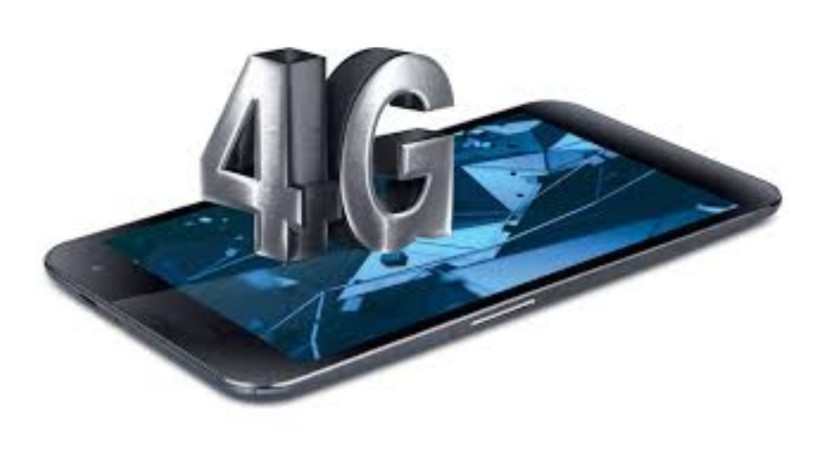
Rollout (the Late 2000s):
4G networks represented a substantial leap forward in speed, efficiency, and the variety of services offered.
Technology:
Based on LTE (Long-Term Evolution) and WiMAX technologies, 4G networks focused on high-speed data transmission and network efficiency.
Capabilities:
Dramatically increased data speeds (up to 1 Gbps), low latency, and improved voice quality with the introduction of Voice over LTE (VoLTE).
Applications:
4G enabled the widespread adoption of smartphones, leading to the explosion of mobile apps, multimedia streaming, and improved user experiences.
Efficiency:
More efficient use of the frequency spectrum, enabling a better user experience and paving the way for the Internet of Things (IoT) applications.
(5) 5G (Fifth Generation):
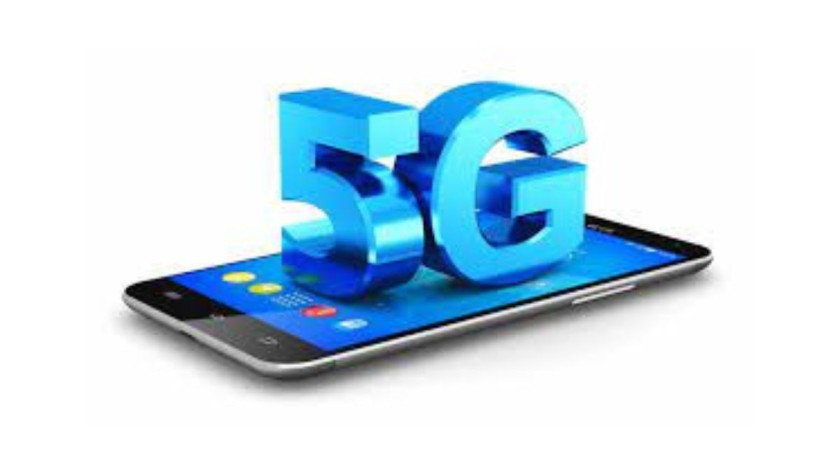
Deployment (Since around 2019):
5G is the latest and most advanced mobile network generation, designed to meet the demands of a hyper-connected world.
Technology:
Utilizes advanced technologies such as millimeter-wave bands, massive MIMO (Multiple Input, Multiple Output), and small cell networks.
Capabilities:
Offers ultra-fast data speeds (up to 20 Gbps), extremely low latency for real-time applications, and massive Internet of Things (IoT) device connectivity.
Applications:
5G is expected to revolutionize industries with enhanced mobile broadband, augmented reality (AR), virtual reality (VR), and enabling new possibilities for automation, smart cities, and connected vehicles.
Potential:
The potential of 5G goes beyond personal communication, with the capacity to transform various sectors of society and the economy, ushering in a new era of connectivity.
Summary:
Understanding the evolution from 1G to 5G provides a comprehensive view of the continuous improvements in mobile communication technology. Each generation has built upon the strengths and addressed the limitations of its predecessor, shaping the way people communicate and interact with the digital world. As we progress through these generations, the focus has shifted from basic voice communication to high-speed data and multimedia services, and now towards the realization of a fully connected and automated future with 5G.
Read more- Top 20 Automotive YouTubers in India

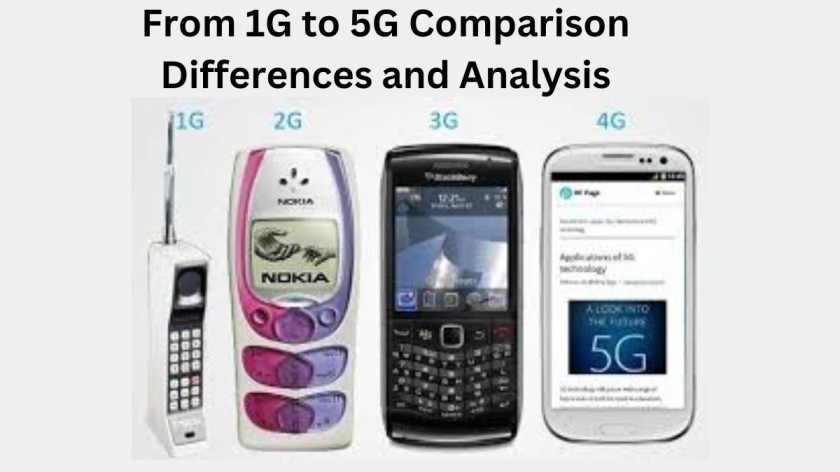
1 thought on “1G to 5G Comparison Differences and Analysis in India”